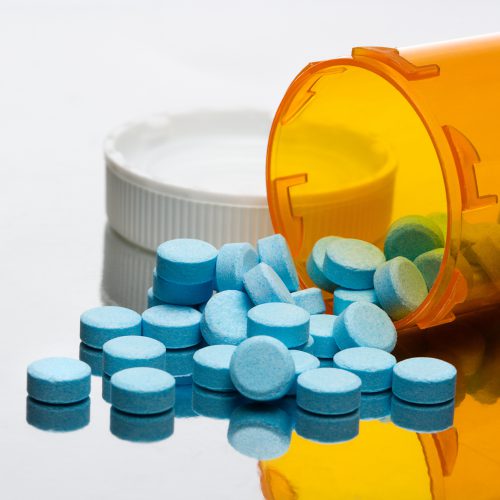Health and Healthcare
Half of Americans Tested Misuse Their Prescription Medications

Published:
Last Updated:

A majority of test results of patients taking prescription medications indicate signs of drug misuse, including potentially dangerous drug combinations, according to an analysis of laboratory test results from Quest Diagnostics, a provider of diagnostic information services. The results add to the evidence of prescription drug abuse that has become an epidemic in this country and is the leading cause of death among young people.
The Quest Diagnostics Health Trends study is based on analysis of the company’s laboratory data that examined laboratory information of patients with prescribed opioids and other commonly abused medications. Physicians order laboratory services to assist in their ability to monitor patients for signs of prescription or illicit drug misuse or abuse.
The report, titled “Prescription Drug Misuse in America: Diagnostic Insights in the Growing Drug Epidemic,” was released Wednesday at the medical conference PAINWeek 2017, being held in Las Vegas.
The examination of 3.4 million prescription medication monitoring lab tests was performed by Madison, N.J.-based Quest Diagnostics between 2011 and 2016.
The study found that while evidence of misuse has declined in recent years, 52% of test results showed evidence of potential misuse in 2016, suggesting a majority of patients took their prescribed drugs in ways that were inconsistent with their physician’s instruction. By comparison, in 2011, 63% of test results were inconsistent with a physician’s orders.
“Our study shows that every other American tested for possible inappropriate use of opioids and other prescription drugs is potentially at risk,” said lead author F. Leland McClure, Ph.D., MSci, F-ABFT, director, medical science liaison, medical affairs, Quest Diagnostics, in a statement. “This finding is rather shocking, and speaks to the challenges of combating the nation’s drug misuse epidemic.”
The study also found disturbing patterns of concurrent drug use. Among more than 33,000 people tested for opioids, benzodiazepines and alcohol in 2016, more than 20% were positive for both opioids and benzodiazepines, more than 10% were positive for both opioids and alcohol and 3% were positive for all three.
Opioids and benzodiazepines depress the central nervous system. When combined, respiratory suppression, cardiac distress and even death by overdose can occur. While physicians may prescribe the two drugs together for some patients, the practice is considered risky.
According to the Centers for Disease Control and Prevention (CDC), more than 30% of opioid-related deaths also involved benzodiazepines.
The study also found that one in five (19%) subjects who tested positive for heroin in 2016 also were positive for non-prescribed fentanyl. Fentanyl is 50 to 100 times more powerful than morphine. When combined with heroin, fentanyl heightens the risk of drug overdose death.
Retirement can be daunting, but it doesn’t need to be.
Imagine having an expert in your corner to help you with your financial goals. Someone to help you determine if you’re ahead, behind, or right on track. With SmartAsset, that’s not just a dream—it’s reality. This free tool connects you with pre-screened financial advisors who work in your best interests. It’s quick, it’s easy, so take the leap today and start planning smarter!
Don’t waste another minute; get started right here and help your retirement dreams become a retirement reality.
Thank you for reading! Have some feedback for us?
Contact the 24/7 Wall St. editorial team.